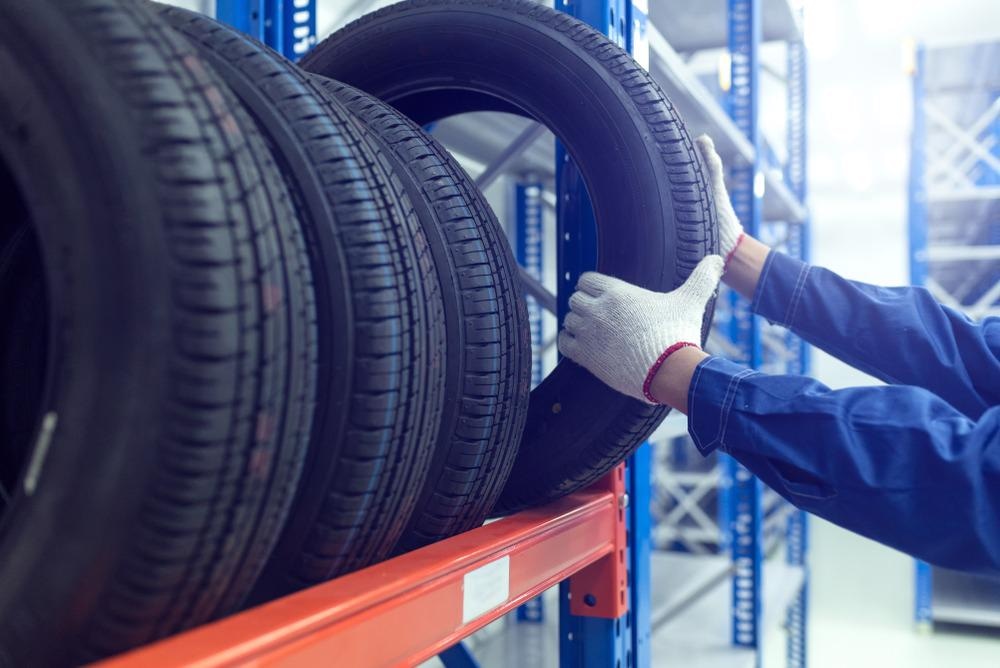A recent study published in the MDPI journal applied sciences examines the advancement of rubber reinforcing techniques employing Sepiolite-based nanotechnology, with a focus on tire industry applications.

Study: Sepiolite-Based Anisotropic Nanoparticles: A New Player in the Rubber Reinforcement Technology for Tire Application. Image Credit: Sirisak_baokaew/Shutterstock.com
Since the development of rubber vulcanization, elastomeric strengthening using nanoparticles has been a major research focus in the rubber industry.
Sepiolite, a naturally derived, non-toxic, and chemically dynamic 1-D phyllosilicate, has the possibility of altering the paradigm of elastomeric nano-reinforcement, with the ability to impart physical flexibility to the rubber compound.
Reinforcing Fillers in Tire Industry
Carbon black is by far the most traditional reinforcing material in the tire industry, and its dispersion properties, such as specific surface area (SSA) and aggregated particulate configuration, as indicated by Oil Adsorption Number (OAN), are inextricably linked to the synthesis techniques used.
Nowadays, ASTM has regulated industrially generated carbon black categories, and the resultant characteristics in the model compound are also contained in the regulation; in other words, it is quite straightforward to forecast the mechanical impact of a specific quality of CB within a rubber compound.
The introduction of silica into rubber compositions in the mid-1980s prompted more investigation into the relationship between reinforcing filler qualities and compound characteristics.
Sepiolite as a Reinforcing Filler
Sepiolite is an alkaline earth Mg-silicate that differs from the others in that the characteristic T-O-T architecture is noticeably extended in one of the two orientations.
The edges of these extended aggregates of TOT silica join together to form needle-like patterns, which form the sepiolite core nanoparticle morphology. Because the main particle is formed of edge-bonded extended laminae, typical nanoporous cavities compensate for around half of the particulate size.
This nanoporous architecture accounts for almost two-thirds of the native Sepiolite specific surface area, and imidazolium salt treatment restricts access to the nanoporous channels, resulting in a significant reduction in observed SSA.
Sepiolite has dynamic chemical processes. When its outer layer is altered, the tradeoff work shifts to one of the most challenging problems in rubber innovation in the last two decades: lowering tire rolling resistance, which is the tire's impact on total car fuel consumption in terms of its engagement with the road.
The primary mechanical indications are determined by the filler or combination of fillers used in each constituent, especially the durability of the filler system under load, which defines the composite inertia, or the capacity to dissipate heat during repetitive displacement.
The filler network's thermal resilience is another important factor, which is important for the constancy of qualities in the various settings in which the tire is used.
Use of Novel Nanofillers in Pirelli Tires
Pirelli was able to identify new characteristics trade-offs by testing innovative nanofillers in particulate-filled systems of tire compositions.
Patent filing WO2012164433, which claims a new set of qualities, is a good illustration of this notion. The novel composition, which includes Sepiolite compounds as well as a blend of silicon and carbon black, exhibits a significant increase in elastic flexibility while maintaining excellent tensile qualities. This enables the use of firmer under tread compositions for improved steering without sacrificing high-speed safety.
The use of Sepiolite variants in the filler combination results in a considerable improvement in the component's dynamic rigidity without affecting the formulation's machinability. Despite this, the hysteresis value can be kept under check to prevent high temperatures build-up in severe situations.
Research Conclusion and Prospect
The usage of Sepiolite derivatives appeals to tire technologists because it overcomes common rubber compound trade-offs while enhancing a wide range of tire constituents.
The advantages vary depending on the requirements, ranging from a fundamental balance between rigidity and hardness to fine-tuning of the elasticity in various temperature zones to the minimization of compound resonance for fuel savings.
Because of the nanoparticles' rod-like form, sepiolite-based materials can produce physically anisotropic composites. The Smart-Net Silica®, produced using this method, is a unique application of a high-performance bike tread complex tire in which the composite structural anisotropy has a distinctive influence on tire performance and safety.
Reference
Tadiello, L., Guerra, S. and Giannini, L., (2022). Sepiolite-Based Anisotropic Nanoparticles: A New Player in the Rubber Reinforcement Technology for Tire Application. Applied Sciences, 12(5), p.2714. https://www.mdpi.com/2076-3417/12/5/2714
Disclaimer: The views expressed here are those of the author expressed in their private capacity and do not necessarily represent the views of AZoM.com Limited T/A AZoNetwork the owner and operator of this website. This disclaimer forms part of the Terms and conditions of use of this website.